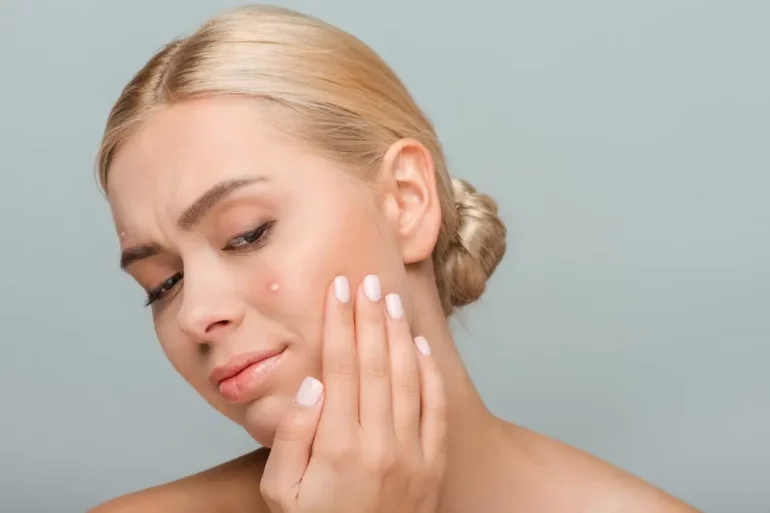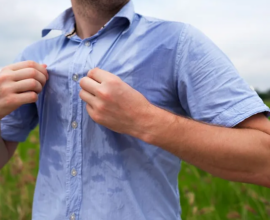Acne is a common skin condition that affects millions of people worldwide. While most people experience mild to moderate acne, some individuals may develop a more severe form of the condition known as cystic acne. Unlike other types of acne, cystic acne is caused by a bacterial infection deep within the skin, which can make it difficult to treat. In this blog post, we will discuss the causes, symptoms, treatment options, and lifestyle changes that can help manage cystic acne.
What causes cystic acne?
Cystic acne is caused by a bacterial infection in the hair follicles of the skin. The bacteria, called Propionibacterium acnes, thrive in the warm, oily environment of the hair follicles and can cause inflammation and infection. Cystic acne is more likely to develop in individuals with oily skin, as excess oil production can provide the bacteria with a suitable environment to grow. Hormonal changes, such as those that occur during adolescence and pregnancy, can also increase the risk of developing cystic acne.
Symptoms of cystic acne
The symptoms of cystic acne can vary depending on the severity of the condition. Common symptoms include:
- Red, swollen, and painful bumps that may be filled with pus
- Pimples that are located deep within the skin, making them difficult to pop
- Pimples that are located on the face, neck, back, chest, and shoulders
- Fever, fatigue, and swollen lymph nodes in severe cases
Treatment options for cystic acne
Treatment for cystic acne typically involves a combination of topical and oral medications. Topical treatments, such as retinoids, antibiotics, and benzoyl peroxide, can help to reduce inflammation and kill the bacteria that cause the infection. These medications can be applied directly to the skin and are available over the counter or by prescription.
Oral medications, such as antibiotics and hormonal therapy, can also be used to treat cystic acne. Antibiotics, such as tetracyclines, work by killing the bacteria that cause the infection. Hormonal therapy, such as birth control pills, can help to regulate hormone levels and reduce the risk of flare-ups.
In some cases, more severe cystic acne may require more aggressive treatment, such as isotretinoin. Isotretinoin is a powerful medication that can help to reduce the size of the oil glands and prevent new pimples from forming. However, it can have serious side effects and requires close monitoring by a dermatologist.
Lifestyle changes that can help manage cystic acne
In addition to medical treatment, there are also several lifestyle changes that can help to manage cystic acne. These include:
- Maintaining a healthy diet: Eating a diet that is high in fruits, vegetables, and lean proteins can help to reduce inflammation and support overall skin health. Avoiding foods that are high in sugar and processed carbohydrates can also help to reduce the risk of flare-ups.
- Avoiding triggers that can cause flare-ups: Certain triggers, such as stress, can cause flare-ups of cystic acne. Identifying and avoiding these triggers can help to reduce the risk of new pimples forming.
- Practicing good skincare habits: Maintaining a consistent skincare routine that includes cleansing, moisturizing, and sun protection can help to keep the skin healthy and reduce the risk of flare-ups.
- Seeking the help of a dermatologist: If you are struggling with cystic acne, it is important to seek the help of a dermatologist. With the right treatment
Conclusion
cystic acne is a severe form of acne that is caused by a bacterial infection deep within the skin. It is characterized by deep, painful pimples that can leave scars. Treatment for cystic acne typically involves a combination of topical and oral medications, as well as lifestyle changes. It is important to maintain a healthy diet, avoid triggers that can cause flare-ups, and practice good skincare habits. If you are struggling with cystic acne, it is crucial to seek the help of a dermatologist for the best treatment plan. With the right treatment and management, it is possible to control the condition and reduce the risk of scar



